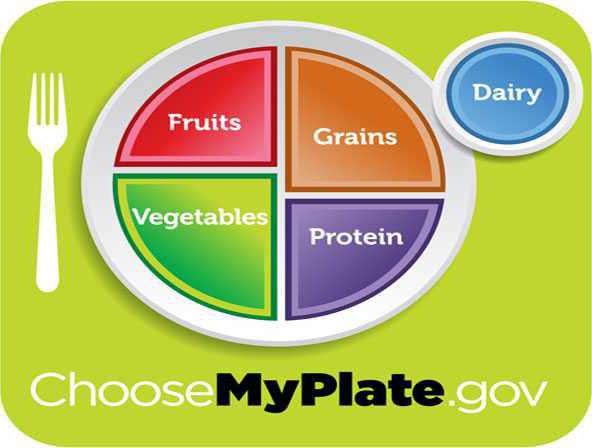For many years the classic food pyramid has been the method by which many people plan their healthy eating goals. Recently, the U.S. Department of Agriculture modified the food pyramid, transforming it into a different symbol altogether — a dinner plate.
The general basis of the “MyPlate” model generated by the USDA is to give individuals a better understanding of the ratios of food that should fill their plates. While the average guidelines for the total amount of each food group that should be eaten varies according to age and gender, the overall messages of how much to fill a plate serve as a good indicator for healthier eating.
Taking a small dinner plate, half of the plate should be filled with fruits and vegetables, with a greater emphasis on vegetables. Slightly less than one-fourth of the plate should consist of lean protein. The remaining open portion of the plate should be made up of grains — with at least half of those grains being whole. A cup of low or nonfat milk should be an accompaniment to the meal for dairy consumption.
Most people get their recommended amount of oils through many of the foods that they eat, including fish and nuts. The USDA advises anywhere from three to seven teaspoons of total oil consumption daily, depending on age and gender. Otherwise, caloric need is surpassed and weight gain may occur.
In addition to the recommendations on food groups and portion sizes, the MyPlate program has a series of customizable online information on everything from learning about calorie intake to personalized eating plans to physical activity trackers, all free of charge at ChooseMyPlate.gov.
Food pyramid becomes dinner plate


Sign up for our e-newsletters